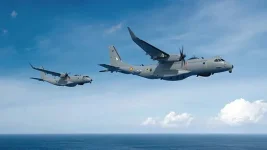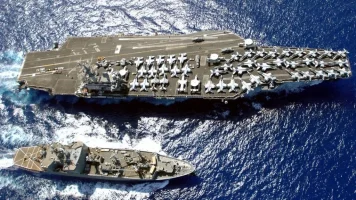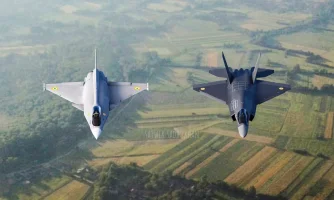- Views: 1K
- Replies: 8
In a bid to bolster its naval prowess, the Indian Navy is intensifying efforts to enhance the stealth capabilities of its warships. The focus is on minimizing the Radar Cross Section (RCS) of exposed weapons and sensor systems, making vessels less detectable by enemy radar.
This initiative is a key component of the Navy's broader strategy to integrate advanced stealth features into its warships, particularly those being developed under the "Made in India" campaign.
The Navy is urging its design teams to collaborate closely with weapon and sensor suppliers to achieve this goal. By reducing the radar signature of its ships, the Navy aims to significantly improve their survivability and combat effectiveness in modern naval warfare.
A major thrust of this effort is the development of specialized stealth shields for the main and secondary guns of warships. These shields, being developed in partnership with Indian public sector undertakings (PSUs), utilize advanced materials and designs to minimize radar reflection while maintaining the operational efficiency of the weapon systems.
Main and secondary guns, by their nature, present significant radar signatures due to their size and exposed positions. The stealth shields are designed to mask these components, making the ships harder to detect, especially during critical operations.
Furthermore, the Navy is championing the development of indigenous weapon systems with inherently reduced RCS. This emphasis on "Made in India" solutions with built-in stealth capabilities is influencing the design and manufacturing of critical systems like Vertical Launch Systems (VLS).
The Vertical Launch – Short Range Surface to Air Missile (VL-SRSAM) system, a crucial element of the Navy's air defence strategy, exemplifies this approach. The VL-SRSAM has undergone several design revisions to minimize its radar signature, ensuring that it has minimal impact on the ship's overall stealth profile.
This drive towards stealth technology reflects the evolving nature of modern naval warfare, where reduced detectability is paramount. A lower RCS enables warships to operate more covertly, enhancing their ability to conduct operations without being easily detected by adversaries.
This is particularly crucial in the Indian Ocean Region (IOR), where the Indian Navy needs to maintain a tactical edge while patrolling vast maritime territories.




